Nowadays, thinning hair and hair loss are becoming increasingly common, leading many people to consider hair transplant as a “lifesaver” to restore their appearance. You may also be facing this important decision and wondering how long the hair transplant recovery takes, and whether it is as simple as you think. Don’t worry, this article Hair Transplant Experience will answer your questions and give you peace of mind. Let’s find out!
How do hair transplants work?
Hair transplant is a relatively complex medical procedure that requires precision and experience from the surgeon. Basically, hair transplantation involves moving healthy hair follicles from an area of the scalp with dense hair to an area with thinning or balding hair. The goal is for these transplanted hair follicles to continue growing naturally, resulting in thicker and fuller hair.
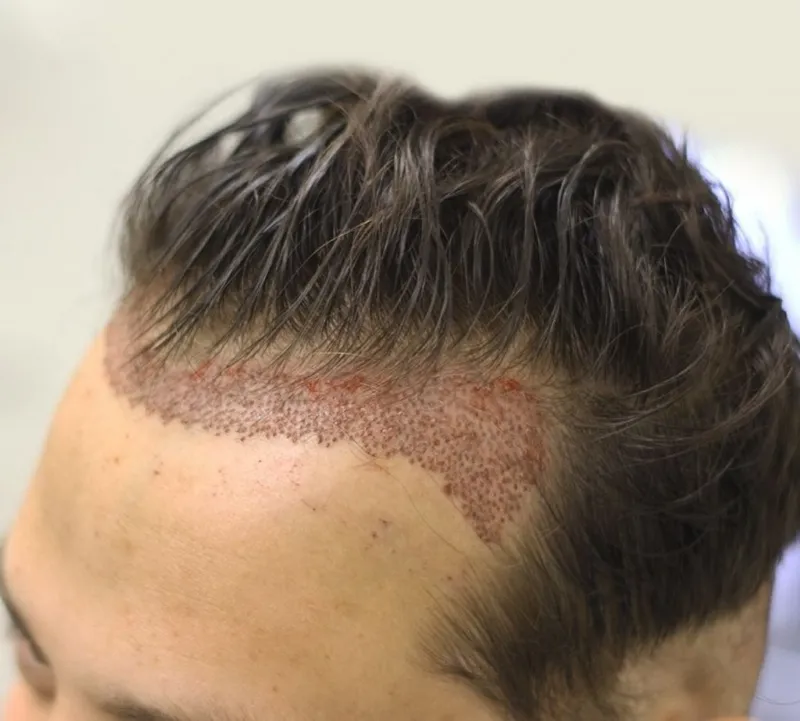
Currently, there are two main hair transplant methods: FUT (Follicular Unit Transplantation) and FUE (Follicular Unit Extraction). Each method has its own advantages, but the general procedure includes the following steps:
- Consultation and assessment: The doctor will evaluate the hair loss condition, assess the quality of donor hair follicles, design the hairline with the patient, and determine the number of grafts needed.
- Preparation: The scalp will be cleaned and local anesthesia will be administered to ensure the patient feels no pain during the procedure. In some cases, the donor area may be shaved short.
- Harvesting hair follicles: This is performed using the selected FUT or FUE technique.
- Graft preservation: The harvested follicles are preserved in a special solution to maintain their viability before implantation.
- Implantation: The doctor will create tiny incisions and implant each hair follicle into the recipient area, ensuring natural growth direction and appropriate density.
- Post-procedure care: After the procedure, the transplanted area will be bandaged, and the patient will receive detailed aftercare instructions, including painkillers, antibiotics, anti-inflammatory medication, and follow-up appointments.
Hair transplant is usually performed under local anesthesia and takes several hours, depending on the number of grafts required.

>>See more: is hair transplant permanent?
Hair transplant recovery timeline
Hair transplant recovery time usually takes 12 to 18 months. Therefore, hair transplant recovery is a journey that requires patience, as the final results cannot be seen immediately. Here is a detailed hair transplant recovery timeline outlining what you can expect at each stage:
Hair transplant after 2 weeks
About 10 days after the hair transplant, you will notice tiny scabs forming around each transplanted follicle. This is a sign that the healing process is underway. You may also feel mild swelling and redness on the scalp, sometimes accompanied by a tingling sensation.
In the donor area, if FUT was used, the scar will begin to heal. For FUE, the red dots will start to fade.
At this stage, it is crucial to strictly follow your doctor’s instructions, such as washing your hair gently and avoiding rubbing or picking at the scabs. Avoid direct sunlight, wear a wide-brimmed hat, and do not wear helmets or tight hats.
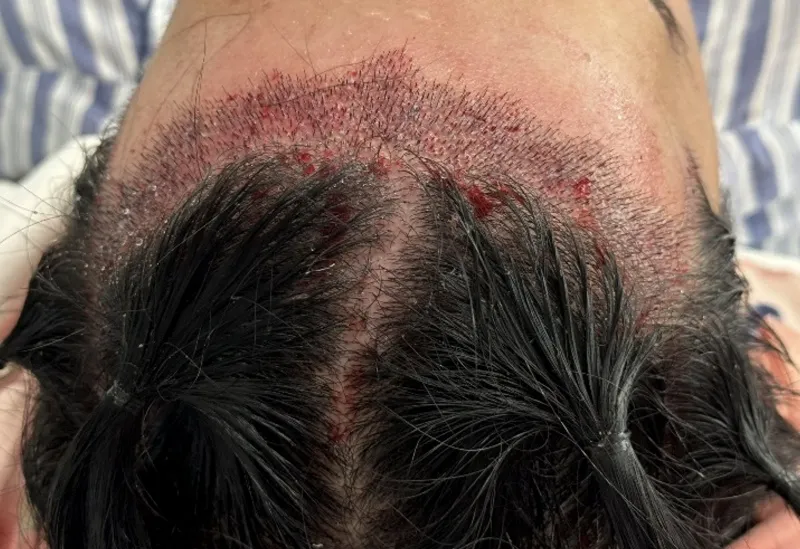
Hair transplant after 1 month
After 1 month, the transplanted hairs will temporarily shed. However, this is completely normal. The hair follicles remain intact under the scalp and are in the resting phase before new hair growth begins. The small scabs will also have fallen off, leaving the scalp cleaner.
Hair transplant after 2 months
At 2 months, new thin and weak hairs will start to sprout from the transplanted area. They may look like fine vellus hairs. However, hair growth will be uneven, with some follicles growing faster than others. Don’t worry if your hair is not growing evenly at this stage!
Hair transplant after 3 months
By this stage, the hair will have started to grow thicker and stronger. The growth rate may increase to about 1 cm per month. The hair color might differ slightly from your original hair, but this will improve over time.
4 months after hair transplant
At the 4-month mark, the transplanted hair will be noticeably visible, covering bald areas significantly. The hairs will continue to thicken and lengthen, and you will begin to see a clear improvement in hair density.
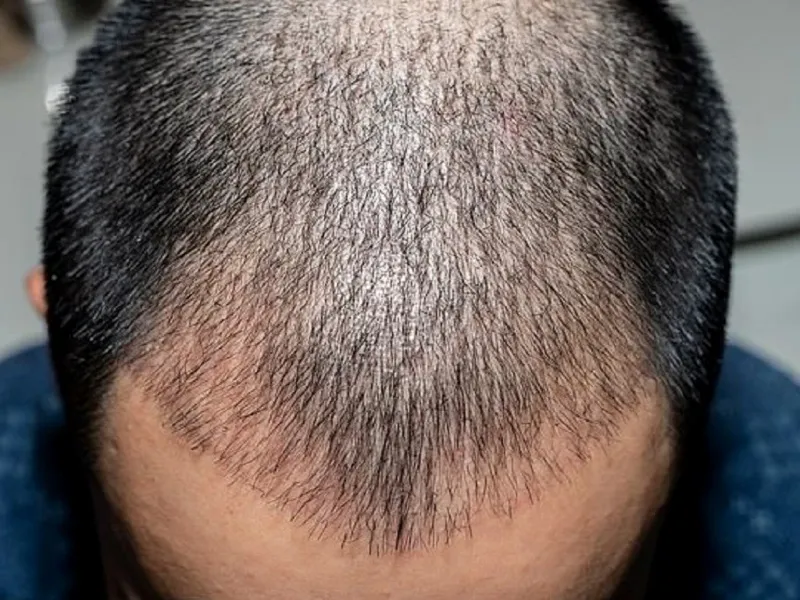
Hair transplant: 6 months
By the 6th month of the hair transplant recovery process, you will see around 50 to 70% of the final results. Hair density has improved significantly, and the strands are stronger and thicker. At this point, you can regain confidence with your new hair!
Hair transplant 9-12 months
The hair continues to mature between 9 and 12 months post-transplant. At this stage, most of the transplanted follicles have grown and developed well. The density is almost at its final stage. Your hair will continue to thicken, and its texture and color will become more uniform, blending better with your natural hair.
Hair transplant 12-18 months
This is the final stage of your hair transplant journey. Your hair will have reached significant thickness, density, and length. It will be difficult to tell the difference between your natural hair and the transplanted hair. Feel free to style your hair and enjoy your newfound confidence with your new look!
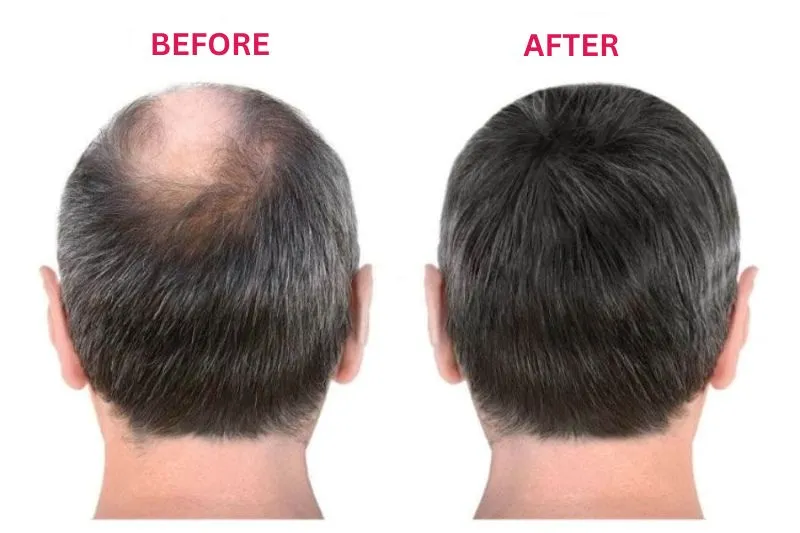
How to accelerate hair growth after a transplant?
After undergoing a hair transplant, everyone hopes their new hair will grow long and thick quickly. Although the speed of hair growth depends on many factors such as individual body conditions and genetics, you can still apply certain methods to support and accelerate the process effectively.
Here are some important tips:
- Strictly follow your doctor’s instructions: Keep the transplanted area clean and dry. Take all prescribed medications to support hair growth and prevent hair loss.
- Maintain a balanced and healthy diet: Include plenty of lean protein, fish, eggs, beans, and nuts. Also, consume vitamins and minerals such as Biotin, vitamins A, C, D, E, iron, zinc, and omega-3, found in dark leafy vegetables, fruits, nuts, and salmon.
- Avoid harmful habits and factors: Do not smoke or drink alcohol, and avoid stress as these can slow down wound healing and increase hair loss. Also, protect your scalp from direct sunlight and limit activities that cause heavy sweating.
- Be patient and attend regular follow-ups: Remember, full recovery and hair growth can take 12 to 18 months. Therefore, don’t rush; instead, follow all instructions and attend scheduled follow-up appointments.

Hair transplant is not just a cosmetic procedure but also a recovery journey requiring patience and proper care. Hopefully, this article has helped you understand how long hair transplant recovery is and given you a clearer picture of what to expect. Don’t hesitate to consult your specialist if you have any questions during your recovery journey.




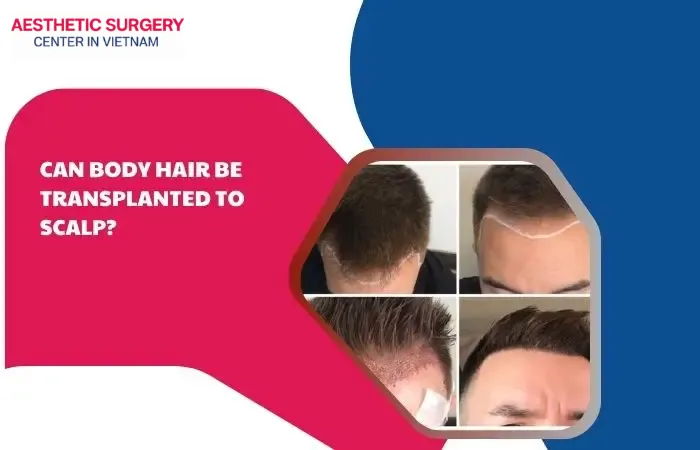
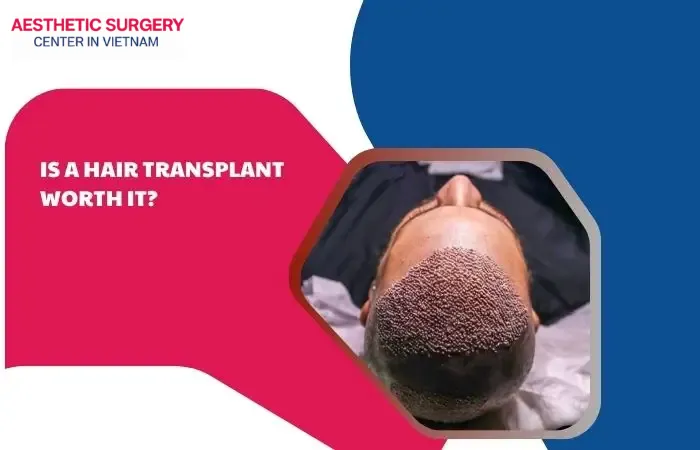
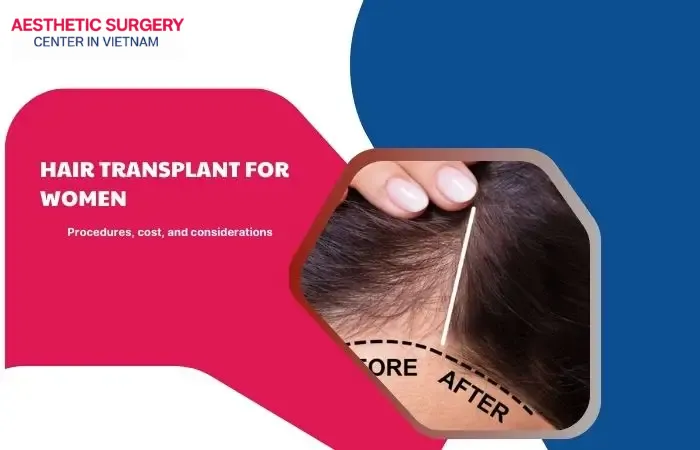
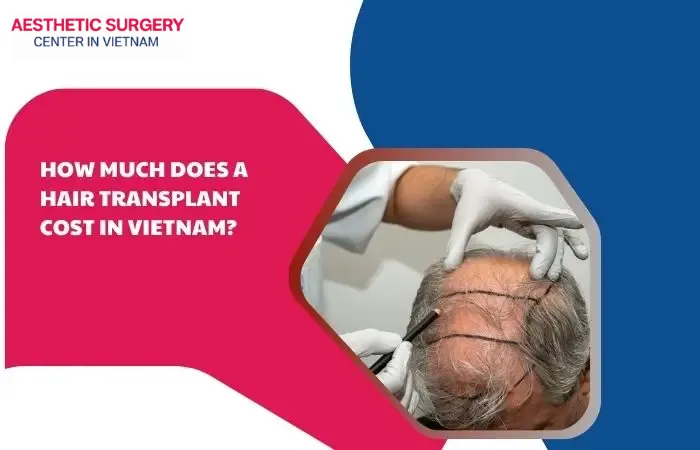




Comment on the post